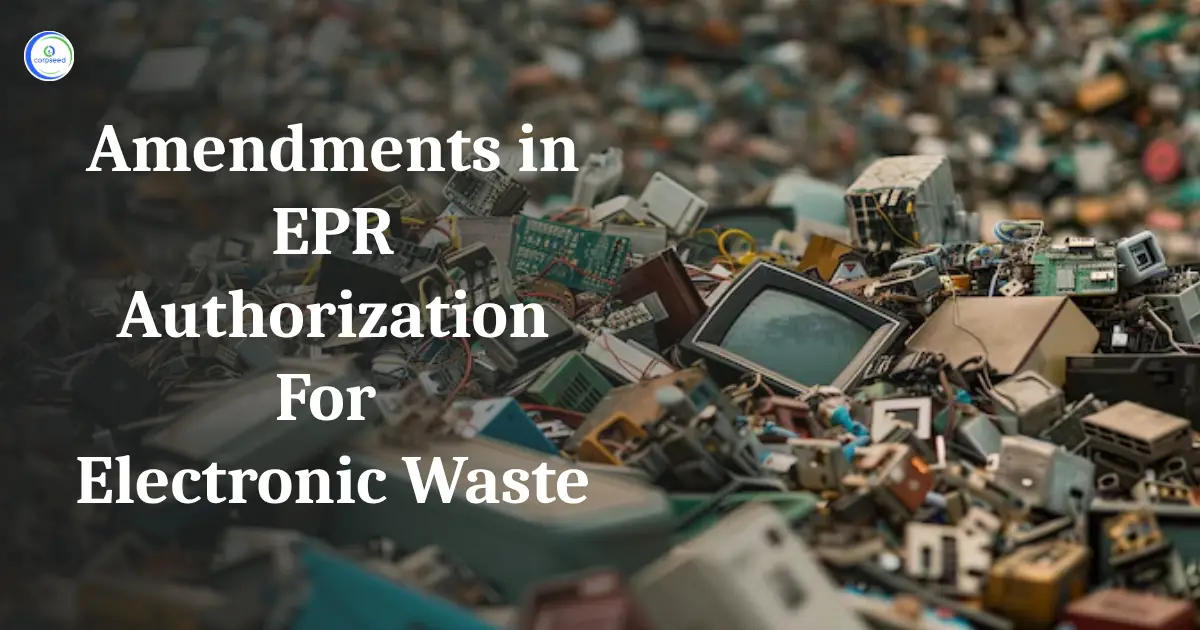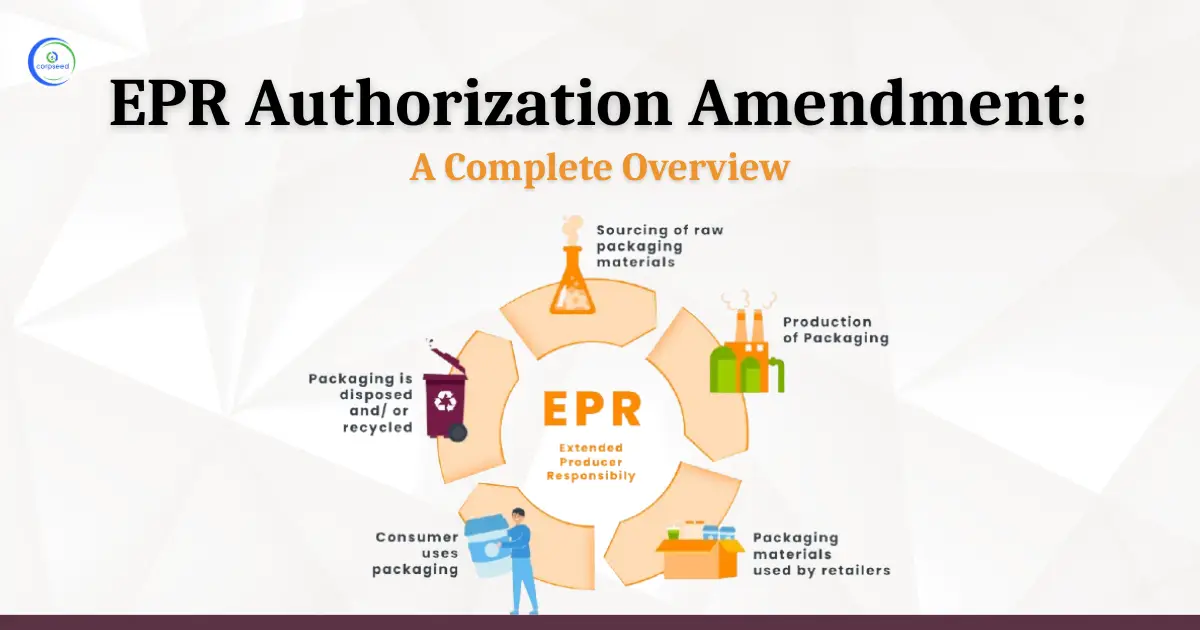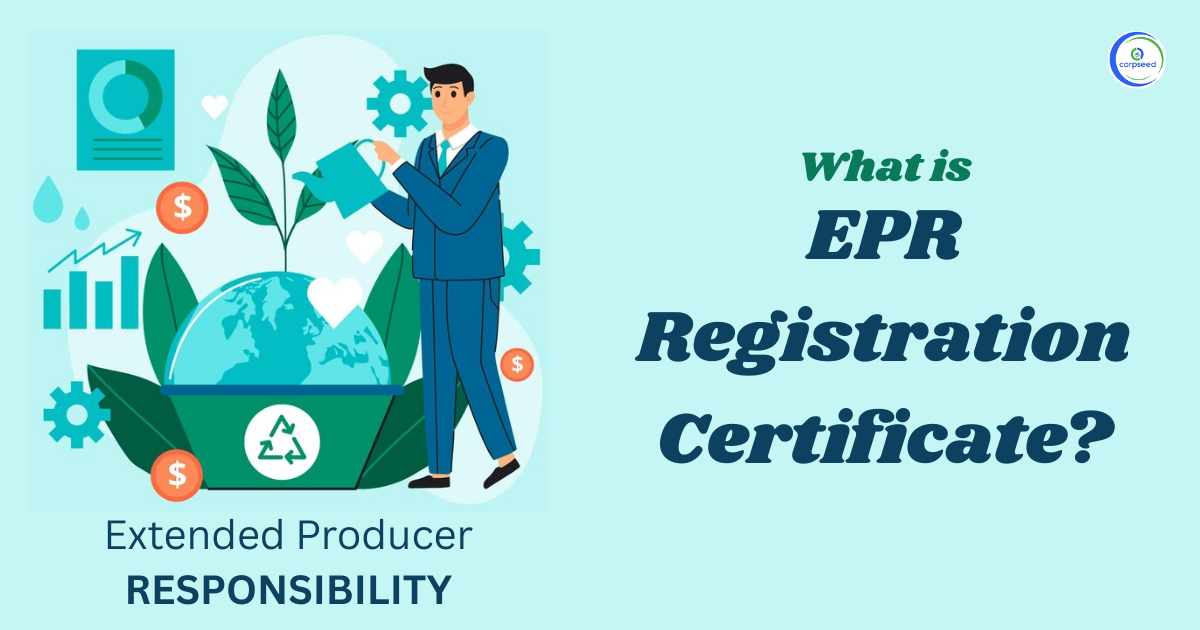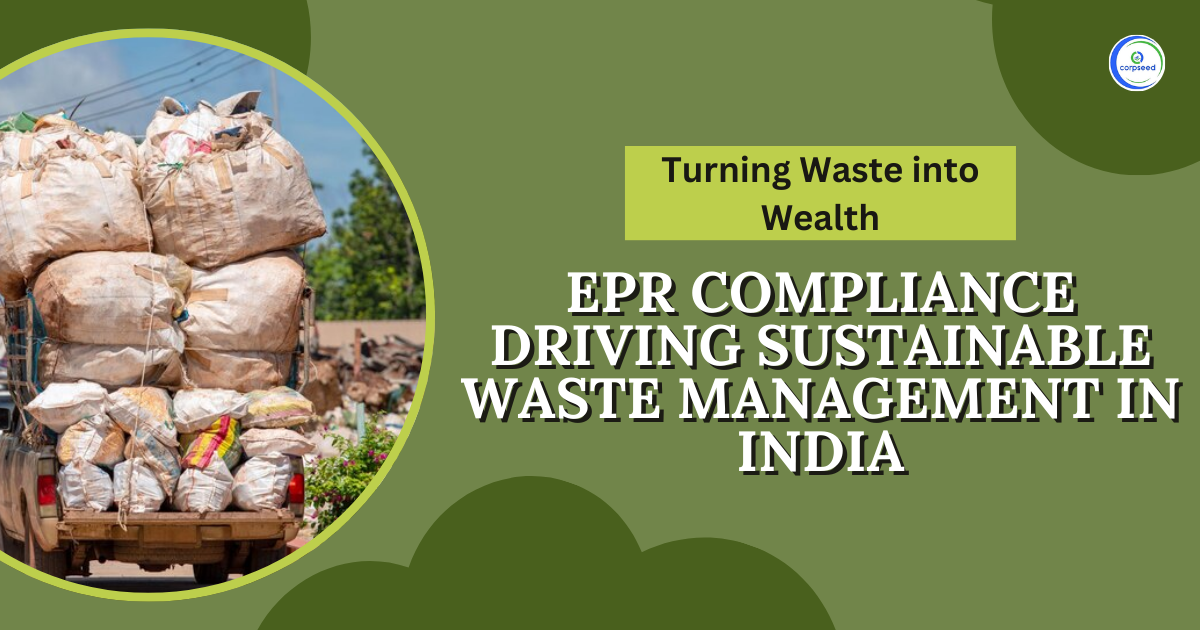Introduction:
As per industry estimates, India's economy produced nearly 18 lakh metric tones of e-waste in the year 2016 which comes out to be around 12 per cent to the global e-waste production, India is the fifth-largest producer of E-waste in the world and recycles less than two per cent of total E-waste it produces annually.
Table of Contents
--------------Blog Contact Form-------------
The government introduced Extended Producer Responsibility which makes producers liable to collect 30 per cent to 70 per cent (Over seven years) of the e-waste they produce ---ASSOCHAM-KPMG joint study.
Nearly 70% of e-waste is generated from a computer device, with the contribution of the telecom sector being 13%, electric equipment being 9% and medical equipment being 8%, of the annual e-waste production. Government companies, public companies, and private companies generate nearly 76% of electronic waste; with the contribution of individual households is only 16%.
Despite the government's emphasis on Clean India, India Contribute the highest E-waste in Respect of China, the USA, Japan, and Germany.
In India, Maharashtra is the producer of the largest e-waste at 19.8% but recycles only about 47810 TPA (Tonnes Per Annum) whereas its counterparts Tamilnadu 13% recycles about 52427 TPA, Utter Pradesh 10.1% recycles about 86130 TPA, West Bangle 9.8%, Delhi 9.5%, Karnataka 8.9%, Gujrat 8.8%, and Madhya Pradesh 7.6% --the joint study of ASSOCHAM-NEC
E-waste (Management and Handling) Rules, 2011, set the principal for Extended Producers Responsibility wherein the producer of electrical and electronic equipment has the responsibility of managing such equipment after its ‘end of life, thus the producer is responsible for their products once the Consumer discards them. Extended Producer Responsibility minimizes the environmental impact by encouraging them to find ways to reduce pollution.
Information Technology and Telecommunication Equipment
| S. No. | Particulars | Product code | Average life(Year) |
| 1 | Centralized data processing | ITEW1 | |
| 2 | Mainframe | ITEW1 | 10 |
| 3 | Minicomputer | ITEW1 | 5 |
| 4 | Personal Computing: Personal Computers (Central Processing Unit with input and output devices) | ITEW2 | 6 |
| 5 | Personal Computing: Notebook Computers | TEW4 | 5 |
| 6 | Personal Computing: Notepad Computers | ITEW5 | 5 |
| 7 | Printers including cartridges | ITEW6 | 10 |
| 8 | Copying equipment | ITEW7 | 8 |
| 9 | Electrical and electronic typewriters | ITEW8 | 5 |
| 10 | User terminals and systems | ITEW9 | 6 |
| 11 | Facsimile | ITEW10 | 10 |
| 12 | Telex | ITEW11 | 5 |
| 13 | Telephones | ITEW12 | 9 |
| 14 | Pay telephones | ITEW13 | 9 |
| 15 | Cordless telephones | ITEW14 | 9 |
| 16 | Cellular telephones | ITEW15 | |
| 17 | Feature phones | ITEW15 | 7 |
| 18 | Smartphones | ITEW15 | 7 |
| 19 | Answering systems | ITEW16 | 7 |
Consumer Electricals and Electronics
| S. No. | Particulars | Product Code | Average Life(Year) |
| 1 | Television sets | CEEW1 | 9 |
| 2 | Refrigerator | CEEW2 | 10 |
| 3 | Washing Machine | CEEW3 | 9 |
| 4 | Air-conditioners excluding centralized air conditioning plants | CEEW4 | 10 |
| 5 | Fluorescent and other Mercury-containing lamps | CEEW5 | 2 |
The aforementioned tables show the average product life of electrical and electrical equipment, after the end of life it converts in waste, electrical and electrical equipment contains a plethora of toxic components including cadmium, lead, and mercury, it affects nearly every system in the human body, Polybrominated flame retardants, barium, and lithium, even the plastic casing of electronic product contains polyvinyl chloride.
E-waste Management
Environmentally sound management related to E-waste including the Collection of e-waste is of prime important work. Collection centers can be open to collect E-waste individually or jointly or it can be a society registered under the societies act or a designated agency or a company or an association, thus there is enough scope for evolving various ways in which a collection center can be set up and functional.
Environmentally Sound Dismantling and Recycling of E-waste
- The E-waste gathers from information technology and telecommunication equipment such as Centralized data processing, Mainframes, Minicomputers, Personal computing, Personal computers including Central processing unit with input and output devices, Laptop computers including Central processing units with input and output devices, Notebook computers, Notepad computers, Printers including cartridges, Copying equipment, Electrical and electronic typewriters, User terminals and systems, Facsimile, Telex, Telephones, Pay telephones, Cordless telephones, Cellular telephones, Answering systems including TVs can contain up to 60 different elements of which some are valuable some are hazardous/toxic and some are both.
- Environmentally friendly recycling/ Re-Processing of e-waste begin with dismantling where the gathering of hazardous substance /chemical is reduced followed by recycling and recovery of the material of economic value and then disposal of the residue in a Treatment Storage & Disposal Facility.
Procedure for storage of E-waste
- Every manufacturer, producer, bulk consumer, collection centre, dealer, refurbisher, dismantler, and recycler may store the e-waste for a period not exceeding 180 days and shall maintain a record of collection, sale, transfer, and storage of wastes and make these records available for inspection.
- Provided that the concerned State Pollution Control Board may extend the said period up to 365 days in case the waste needs to be specifically stored for the development of a process for its recycling or reuse.
For more information on E-waste, Click E-waste Authorization
Reduction in the use of hazardous substances in the manufacture of electrical and electronic equipment
- Every producer of electrical and electronic equipment and their components or consumables or parts or spares listed in Schedule I shall ensure that new Electrical and Electronic Equipment and their components or consumables or parts or spares do not contain Lead, Mercury, Cadmium, Hexavalent Chromium, polybrominated biphenyls and polybrominated diphenyl ethers beyond a maximum concentration value of 0.1% by weight in homogeneous materials for lead, mercury, hexavalent chromium, Polybrominated biphenyls, and Polybrominated diphenyl ethers and of 0.01% by weight in homogenous materials for cadmium.
- Components or consumables or parts or spares required for the electrical and electronic equipment placed in the market prior to 1st May 2014 may be exempted from the provisions of sub-rule (1) of rule 16 provided Reduction of Hazardous Substances compliant parts and spares are not available
- Every producer while seeking Extended Producer Responsibility – Authorization will provide information on the compliance of the provisions of sub-rule (1) of rule 16. This information shall be in terms of self-declaration.
- Every producer of applications listed in Schedule II shall ensure that the limits of hazardous substances as given in Schedule II are to be complied.
- Imports or placements in the market for new electrical and electronic equipment shall be permitted only for those which are complaint to provisions of sub-rule (1) and sub-rule (4) of rule 16
- Central Pollution Control Board shall publish the methods for sampling and analysis of Hazardous Substances as listed in sub-rule(1) of rule 16 with respect to the items listed in Schedule I and II and also enlist the labs for this purpose.
This portion of the site is for informational purposes only. The content is not legal advice. The statements and opinions are the expression of author, not corpseed, and have not been evaluated by corpseed for accuracy, completeness, or changes in the law.
BOOK A FREE CONSULTATION
Get help from an experienced legal adviser. Schedule your consultation at a time that works for you and it's absolutely FREE.





.webp)



